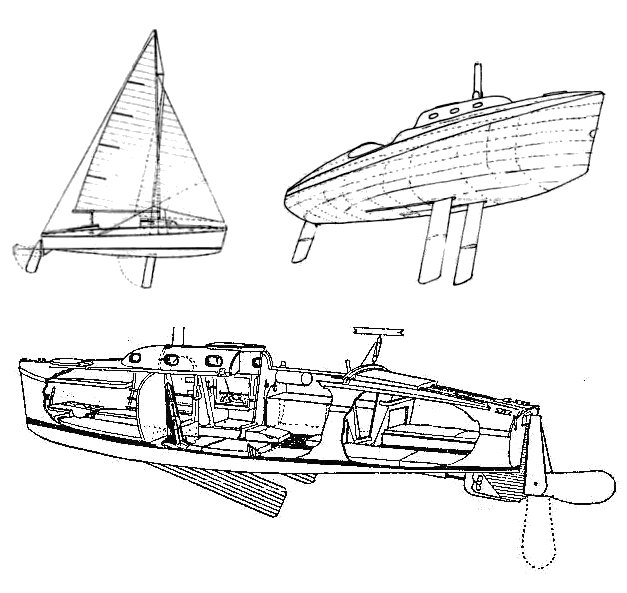johnalison
Well-Known Member
You can only speak for yourself. Many of us sail from areas where depths are limited and a few inches can make quite a difference. 2m is a good average expectation, but my 1.5m gives me a considerable advantage locally over the standard 1.8. Extensive crusing in the Southern Baltic has also left me very pleased with my choice. I would describe my boat as 'semi-shallow', and there are certainly some models, mentioning no names, where the shallow version is quite extreme, and you can see them on the water struggling to keep up with bilge-keelers. Stability should not be a problem if properly designed, and many fins have weighted bulbs to compensate. My 34 is perfectly happy sailing with full main and jib to windward in 20knots true wind, if that is any guide.In practical terms most of us work to 2m depths when close in. Knocking 20-40 cms off this with a shallower keel to enable ditch crawling with greater confidence is actually immaterial. Same argument with bilges, which I sailed for years before going fin.
But having a good fin not compromised on depth is a force for stability and pointing that cannot be denied, and one that trumps the occasional mini benefit of creeping over some shallow bar with greater confidence.
PWG

